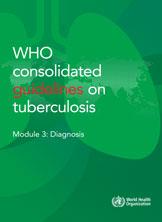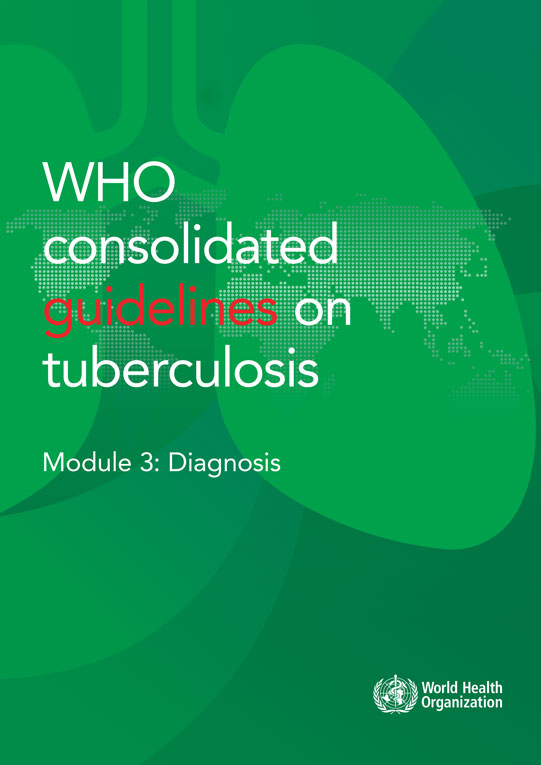1.3. Testing classes and products
As highlighted above, all technologies with a WHO/GTB recommendation are expected to undergo prequalification assessment, as available. Successful assessment will be required to maintain a WHO/GTB recommendation. The current set of TB diagnostic testing classes and included products are listed in Table 1.1.1, and the two new classes are discussed below.

 Feedback
Feedback

